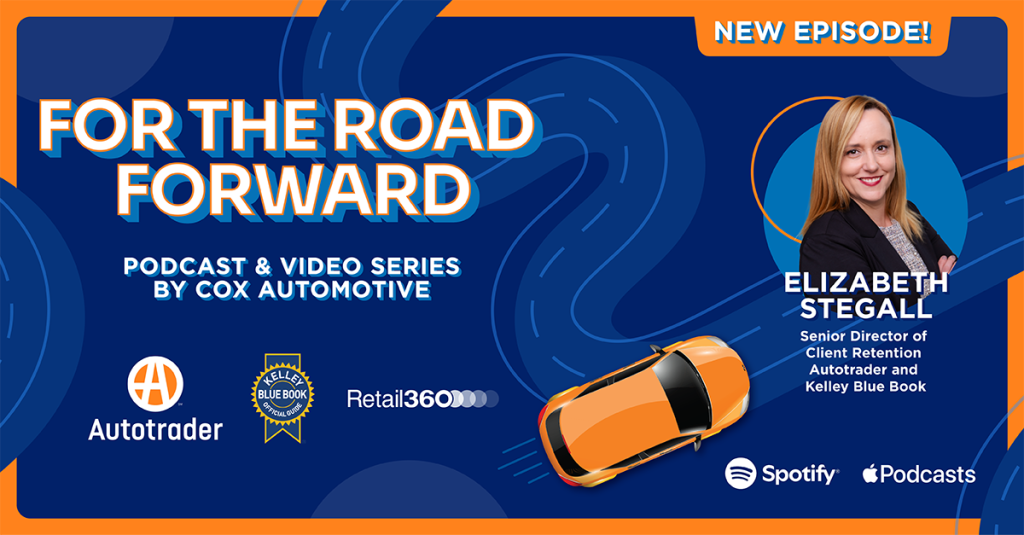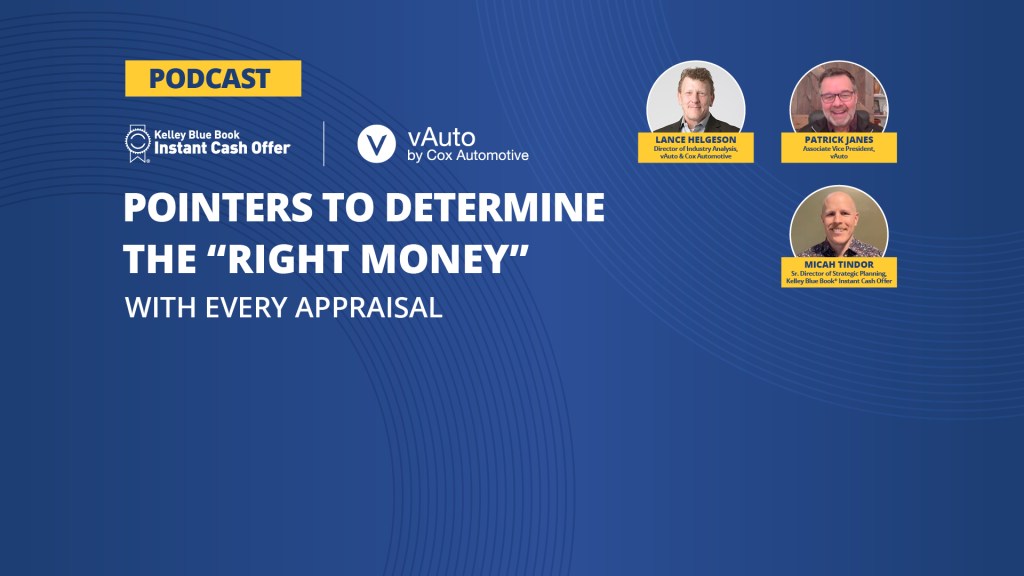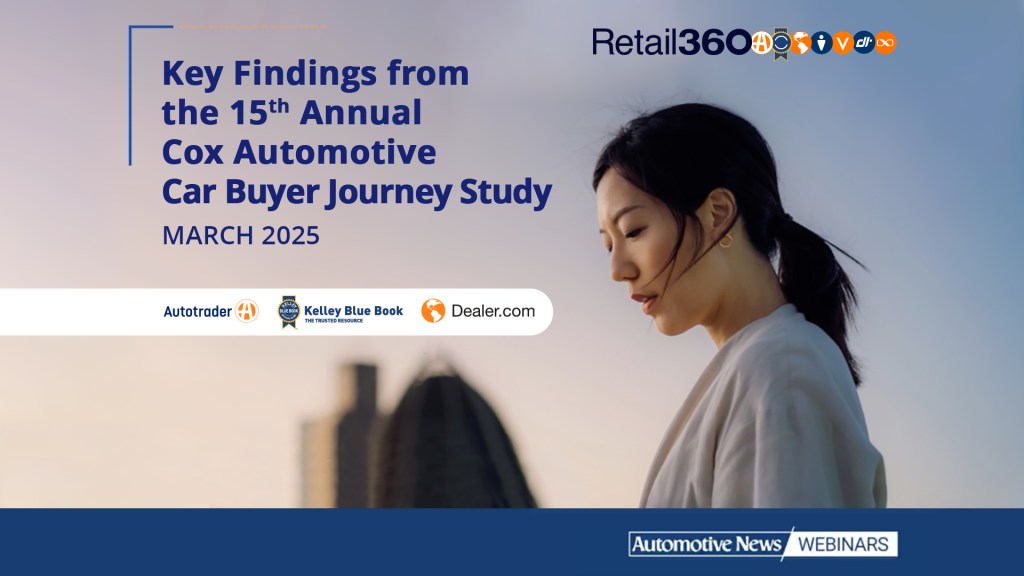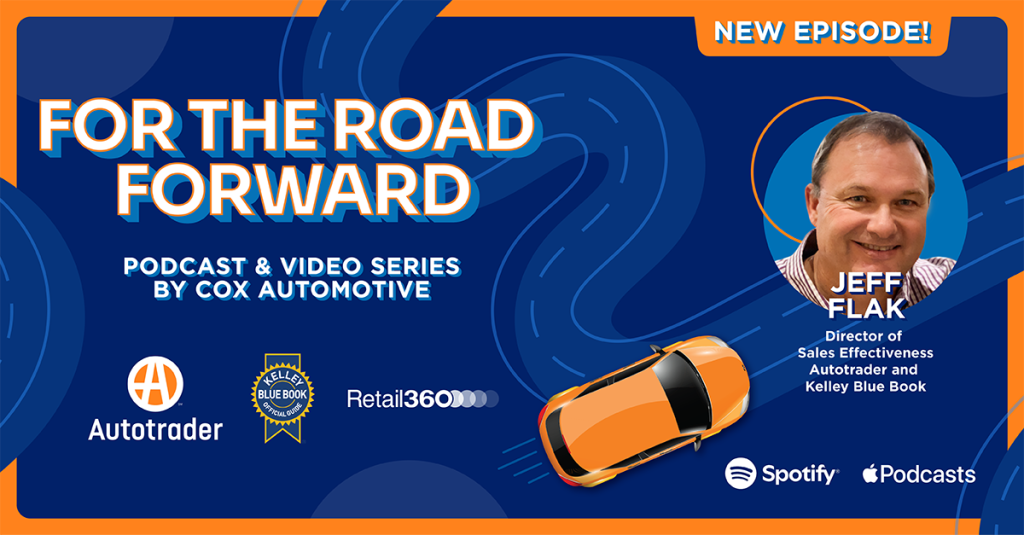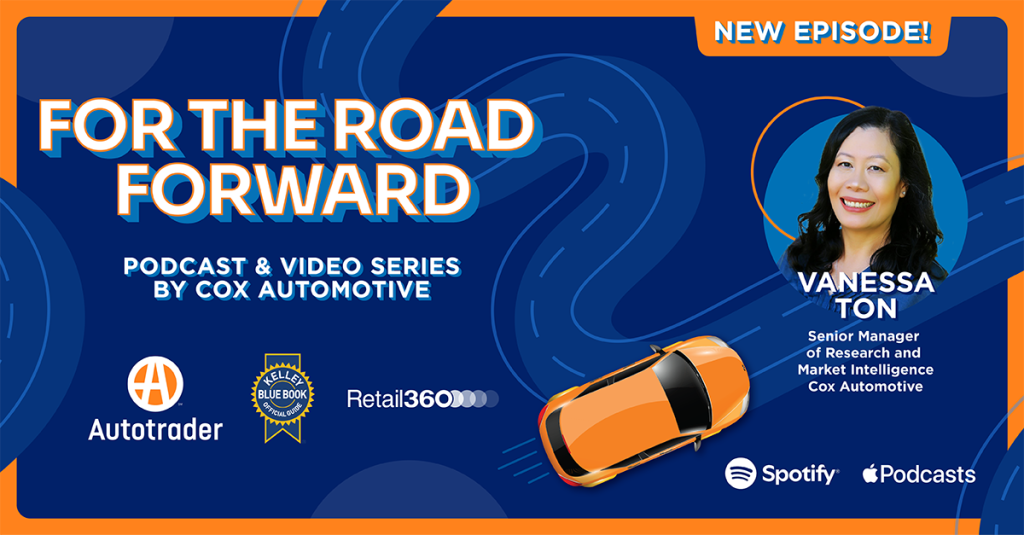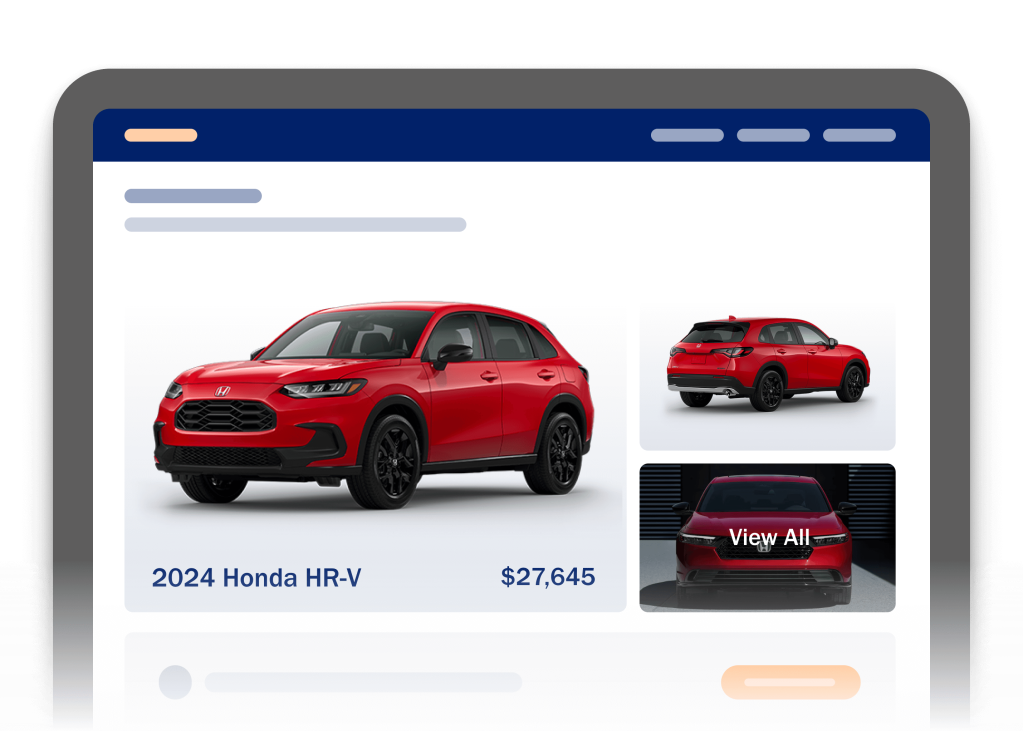Streamlined operations and enhanced efficiencies will put your dealership ahead of the competition. One of the most effective ways to achieve this is by implementing a power packed Dealer Management System (DMS) built to enable flexible operational effectiveness. But what exactly does a DMS do for your dealership? Let’s highlight five ways your DMS can make your dealership run more efficiently.
What is a Dealer Management System?
A Dealer Management System is a centralized and comprehensive software suite that helps dealerships manage various aspects of their day-to-day operations — including sales, service, parts inventory management, finance and insurance (F&I), and customer relationship management.
What Can a DMS Do for Your Dealership?
A Dealership Management System, or DMS, can help your dealership by providing a centralized platform that integrates with other dealership systems. It enables you to track performance, make data-driven decisions, and generate insightful reports to improve efficiency and profitability. By centralizing all aspects of operations, including sales, inventory, financing, fixed operations, and customer management, a DMS allows for streamlined processes, improved efficiency, and better data analysis. This leads to increased profitability through better decision-making, enhanced customer service, and significant cost savings. Often considered the “brain” of your dealership, successful owners and managers leverage this technology to enhance their business and thrive in the following ways:
1. Optimize Your Sales Process
The data from your DMS can significantly enhance your sales process by providing valuable insights into sales performance, vehicle pricing, and customer targeting. When your sales team can quickly access performance metrics, generate accurate quotes, and analyze pricing strategies, they can make informed decisions that drive sales. Additionally, by targeting the right customers with tailored offers, your dealership can improve conversion rates and overall profitability. Streamlining these tasks ensures a more efficient sales workflow and a better experience for consumers.
2. Reduce Compliance Risk and Improve F&I
Managing finance and insurance (F&I) processes can be complex, but a DMS simplifies these tasks by automating paperwork, calculating loan and lease options, and ensuring compliance with regulations. It also provides tools for tracking F&I performance and generating detailed reports. This not only saves time but also reduces errors and enhances customer satisfaction.
3. Manage Parts & Inventory Management
A well-run parts and inventory department can be a goldmine for your bottom line and your DMS can reduce both the time spent and headaches accumulated from managing such a complex part of your business. Your DMS can provide real-time visibility into stock levels, automate reordering processes, and track parts usage. It ensures that the right parts are always available when needed, reducing downtime and improving service efficiency. Additionally, it helps prevent overstocking and understocking, optimizing inventory costs.
4. Fixed Operations Management
Fixed Operations management is a critical aspect of any dealership, and your DMS should work with your scheduling technology to streamline this process by managing appointments and work orders and tracking service history. It provides technicians with the information they need to perform repairs efficiently and ensures that customers receive timely updates on the status of their vehicles. By improving fixed operations management, a DMS enhances customer satisfaction and loyalty.
5. Increase Profitability with the Right DMS
The right DMS contributes to increased profitability by providing insights into dealership performance, identifying areas for improvement, and enabling data-driven decision-making. It helps dealerships optimize their operations, reduce costs, and maximize revenue. By leveraging the comprehensive tools and reports offered by a DMS, dealerships can achieve greater efficiency and profitability.
6. Integrate Your Solutions to Streamline Your Dealership
A DMS often integrates seamlessly with other dealership systems to create a centralized platform for managing all dealership activities. This integration allows for enhanced connectivity, enabling different departments to share information effortlessly and work in unison. By linking tools for customer relationship management, finance, inventory, and service management, a DMS helps dealerships track performance, make data-driven decisions, and generate insightful reports. The result is a more cohesive operation where each department benefits from real-time data and improved communication, ultimately leading to greater efficiency and profitability.
Conclusion
A Dealer Management System is designed to enhance efficiency and streamline operations. By optimizing the sales process, managing finance and insurance, handling parts and inventory, and improving service management, a DMS aims to ensure smooth dealership operations. Implementing a DMS can result in improvements in performance and customer satisfaction.
Maximize Your Dealership’s Potential with the Right DMS
Investing in the best dealer management system for your automotive business is a decision that will transform how your dealership operates. From increased efficiency to better customer satisfaction, taking the time to carefully select the right DMS will pay off in dividends.
Remember, the right technology doesn’t just help your dealership run—it helps it thrive. The right DMS technology will help your dealership stand out from the competition while maximizing your profit potential—now and in your immediate future.
Learn how to stand out and maximize profitability now and in the future when you download our latest eBook, “Find Opportunities in the Top 5 Challenges Dealerships Face Today.” Download the eBook today!


